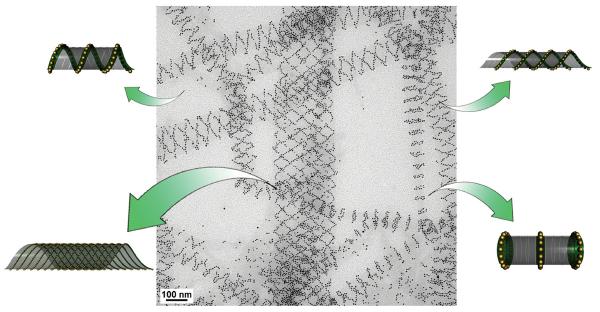Group exercise programs, treadmill training and horseback riding can be healthy choices for children with developmental disabilities, a new review of studies concludes.
With these kinds of activities, children with disorders such as autism, mental retardation and cerebral palsy can improve their coordination and aerobic fitness, according to research analyzed by Connie Johnson, PT, a physical therapist with the Fairfax County Public Schools in Virginia.
The findings are encouraging, since studies show that children with developmental disabilities tend to be less fit than their peers. In many cases, the children lack the resources and community support that would encourage them to be more active, Johnson said.
The International Year of Astronomy 2009 (IYA2009) has been launched by the International Astronomical Union (IAU) and the United Nations Educational, Scientific and Cultural Organization (UNESCO) under the theme, “The Universe, yours to discover”. Thousands of IYA2009 events are described on the national websites, as well as on astronomy2009.org, and a few of the global projects are listed here.
Riki Ellison, Chairman of the Missile Defense Advocacy Alliance (MDAA)
www.missiledefenseadvocacy.org points out in an Alert to the membership of his organization that the situation in the Middle East between Israel and the Hamas is a real life example of the need for missile defense deployment by Israel. Ellison was in Israel a few months ago and toured many of the cities under attack by Hamas. He has a good understanding of the need for a missile defense system for Israel, and shares this with the MDAA membership. His remarks are as follows:
Across the University of Colorado at Boulder campus students are sharing answers, checking their responses to questions against those of their neighbors and making adjustments to those answers in hopes of earning a better grade.
Not surprisingly, the students are getting more answers right. But what may be startling is that professors are encouraging the whole thing.
A team of Johns Hopkins neuroscientists has worked out how some newly discovered light sensors in the eye detect light and communicate with the brain. The report appears online this week in Nature.
These light sensors are a small number of nerve cells in the retina that contain melanopsin molecules. Unlike conventional light-sensing cells in the retina—rods and cones—melanopsin-containing cells are not used for seeing images; instead, they monitor light levels to adjust the body's clock and control constriction of the pupils in the eye, among other functions.
The future of the nanotechnology field depends on our ability to reliably and reproducibly assemble nanoparticles into 3D structures we can use to develop new technologies. According to Hao Yan and Yan Liu at Arizona State University, the greatest challenges in this burgeoning field include control over nanoscale 3D structure and imaging these tiny materials.
"The ability to build predicted structures and provide experimental feedback to current theories is critical to the nanotechnology field," said Yan.
One approach to production of nanoscale architecture is creation of nanoparticles that assemble themselves into the desired structure. DNA molecules are an elegant biological example of small particles that self-assemble to form higher order 3D structures.
 Study: Caloric Restriction In Humans And Aging
Study: Caloric Restriction In Humans And Aging Science Podcast Or Perish?
Science Podcast Or Perish? Type 2 Diabetes Medication Tirzepatide May Help Obese Type 1 Diabetics Also
Type 2 Diabetes Medication Tirzepatide May Help Obese Type 1 Diabetics Also Life May Be Found In Sea Spray Of Moons Orbiting Saturn Or Jupiter Next Year
Life May Be Found In Sea Spray Of Moons Orbiting Saturn Or Jupiter Next Year








